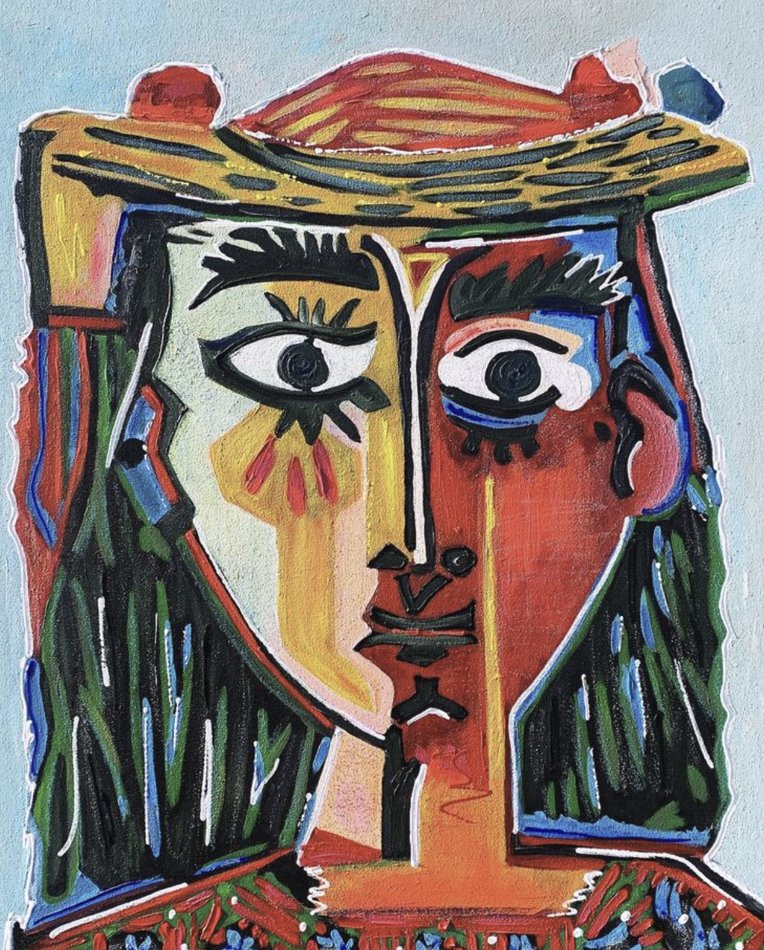Midjourney Prompts
about
llm
Effective Midjourney prompts:
- Be Specific: Clearly define what you want in terms of style, content, mood, and details. The more specific you are, the better the output aligns with your expectations.
- Use Descriptive Language: Employ vivid and descriptive language to paint a clear picture of your desired outcome.
- Incorporate Styles: Mention specific art styles, techniques, or artist names if you want the image to reflect a particular aesthetic.
- Define the Composition: If you have a preference for the layout or composition, specify it. For example, mention if you want a central focus, a balanced composition, or a particular perspective.
- Specify the Subject: Clearly describe the main subject(s) of your image, including details on appearance, actions, and emotions if relevant.
- Context Matters: Include background or setting details if they are important to your vision.
- Adjust Complexity: Depending on your needs, you can either keep prompts simple for broader interpretations or make them complex for more detailed outcomes.
- Iterate and Refine: Use feedback from generated images to refine your prompts, honing in on what works well and adjusting what doesn’t.
Style
Mention specific art styles, techniques, artists, or art movements.
- Art Movements: Mention specific art movements like Impressionism, Surrealism, Art Deco, etc.
- Artists: Name specific artists whose style you want to emulate, like “in the style of Van Gogh” or “reminiscent of Picasso”.
- Techniques: Specify techniques or mediums like watercolor, oil painting, pencil sketch, digital art, etc.
- Descriptive Terms: Use descriptive terms like “minimalistic”, “gritty”, “ethereal”, “vibrant”, etc., to convey mood or aesthetic.
- Genres: You can also specify genres like “fantasy”, “sci-fi”, “cyberpunk”, “noir”, etc.
Genres
- Fantasy: Incorporates magical, mystical, or supernatural elements often set in imaginary worlds with fantastical creatures.
- Science Fiction (Sci-Fi): Focuses on futuristic technology, space exploration, time travel, and extraterrestrial life, often exploring complex scientific and philosophical concepts.
- Cyberpunk: Merges futuristic tech with dystopian societies, often highlighting the contrast between advanced technology and socio-economic decay.
- Horror: Intended to frighten, scare, or disgust, featuring themes like monsters, ghosts, and the supernatural.
- Mystery: Revolves around the solution of a puzzle or crime, engaging the audience in a complex problem-solving experience.
- Noir: Characterized by its cynical attitude, moral ambiguity, and its visual style that emphasizes low-key lighting and unbalanced compositions.
- Romance: Centers on love stories and relationships between people, often with a focus on emotional investment.
- Adventure: Features exciting and risky experiences or journeys, typically in new or exotic locations.
- Historical: Set in the past, often focusing on historical events or periods, and can include a blend of fact and fiction.
- Action: Emphasizes physical activities, including fight scenes, chases, explosions, and dynamic movement.
- Comedy: Aims to provoke laughter and provide amusement, often through exaggerated situations, language, and characters.
- Drama: Focuses on character development and an emotional narrative, dealing with weighty or intricate themes.
- Post-Apocalyptic: Explores life after a catastrophic event, often focusing on survival in a drastically changed world.
- Steampunk: Combines historical elements, especially from the Victorian era, with futuristic technology powered by steam.
Created by GPT4.
